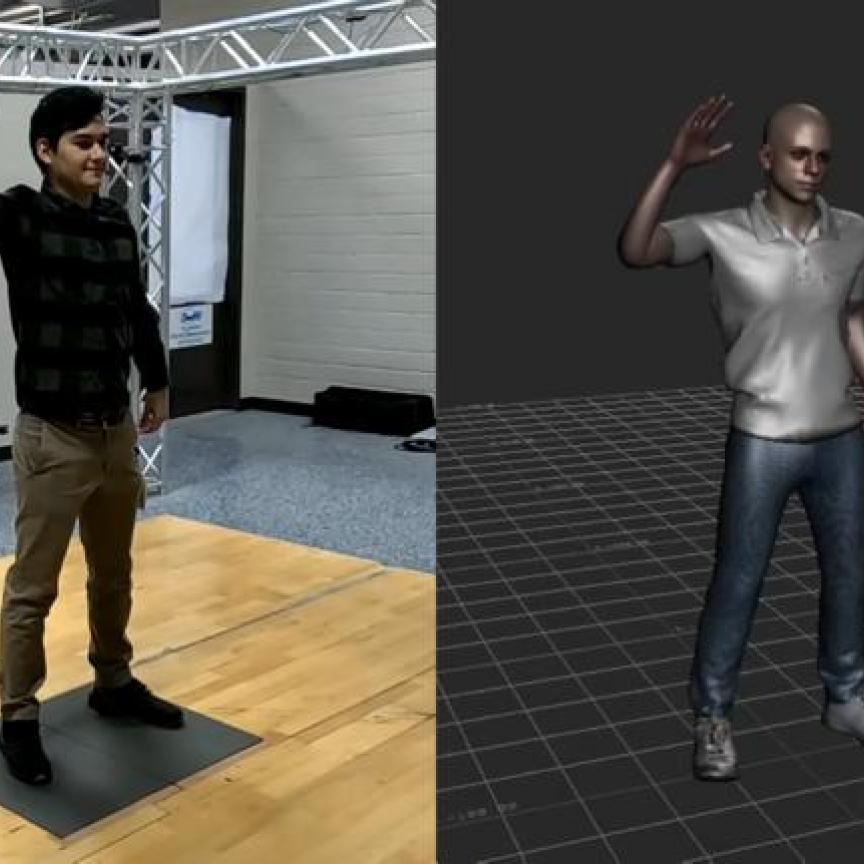An €8.5 million European project to bring artificial intelligence development to low power cloud and edge devices has reached the midway point in its three-year duration.
Professor Oscar Deniz Suárez, from the Visilab group of the Universidad de Castilla-La Mancha in Ciudad Real in Spain, described the Bonseyes project, along with the Eyes of Things European project, which has just finished, in a keynote presentation at the European Machine Vision Forum in Bologna, Italy, held from 5 to 7 September.
Bonseyes will aim to be an AI marketplace, a repository where labelled data and trained models are shared. The site will also contain a deep learning toolbox to help users create their final model for deep learning inference, a model that will be able to run on an embedded device.
Suárez commented during his presentation that intelligence on the edge – or onboard a device – is not only advisable in terms of user experience, it's also probably mandatory because there's not enough bandwidth to stream images to central servers and respond to that data.
There is a trend for edge processing, according to Suárez, and to have many small devices able to run cognitive data processing and therefore provide instant response to the user everywhere.
There are, however, some obstacles to this, a big one being that to do something useful with deep learning requires labelled data and lots of it. This is what Suárez refers to as the ‘data wall’, which is what the Bonseyes project hopes to remove to some extent.
‘If you use the cloud, then you shouldn't have any problem with deep learning,’ Suárez said. ‘The problems start to come when you want to use [deep learning] in an embedded device – in a car, a robot, a toy – especially in terms of power consumption, latency, memory.’ It's these challenges that Bonseyes is looking to tackle. The project’s deep learning toolbox should help users carry out deep learning inference on the edge.
The marketplace’s front-end will be a web-based GUI, while the AI artefact layer, the back-end, will be made up of a typical machine learning pipeline. One of the steps in the pipeline will convert a model into something smaller that will run on an embedded device.
The project partners, which include big names like Arm, are currently investigating methods that would approximate a model into something more lightweight, so it takes less memory, and can run with lower latency and lower power consumption.
Bonseyes tools and programming environments will be supported by several reference platforms with pre-integrated middleware via open source and vendor packages.
Suárez also spoke about the Eyes of Things project, which is an open hardware platform based on Movidius’s, now Intel, Myriad2 system-on-chip. The prototype board presented at the project’s final meeting cost €112 for the bill of materials, although this was for a prototype volume, and Suárez said it could be made cheaper.
As part of the project, the partners made an automatic museum audio guide, building a device with a camera attached that the user would wear. The demonstrator was programmed to recognise paintings and relay information about the artist to the wearer.

